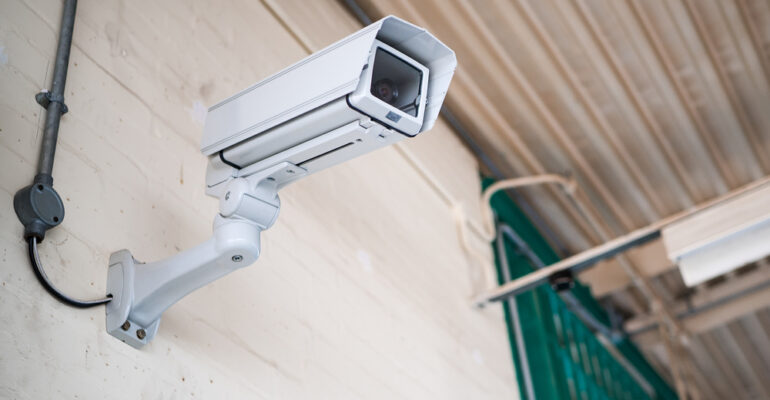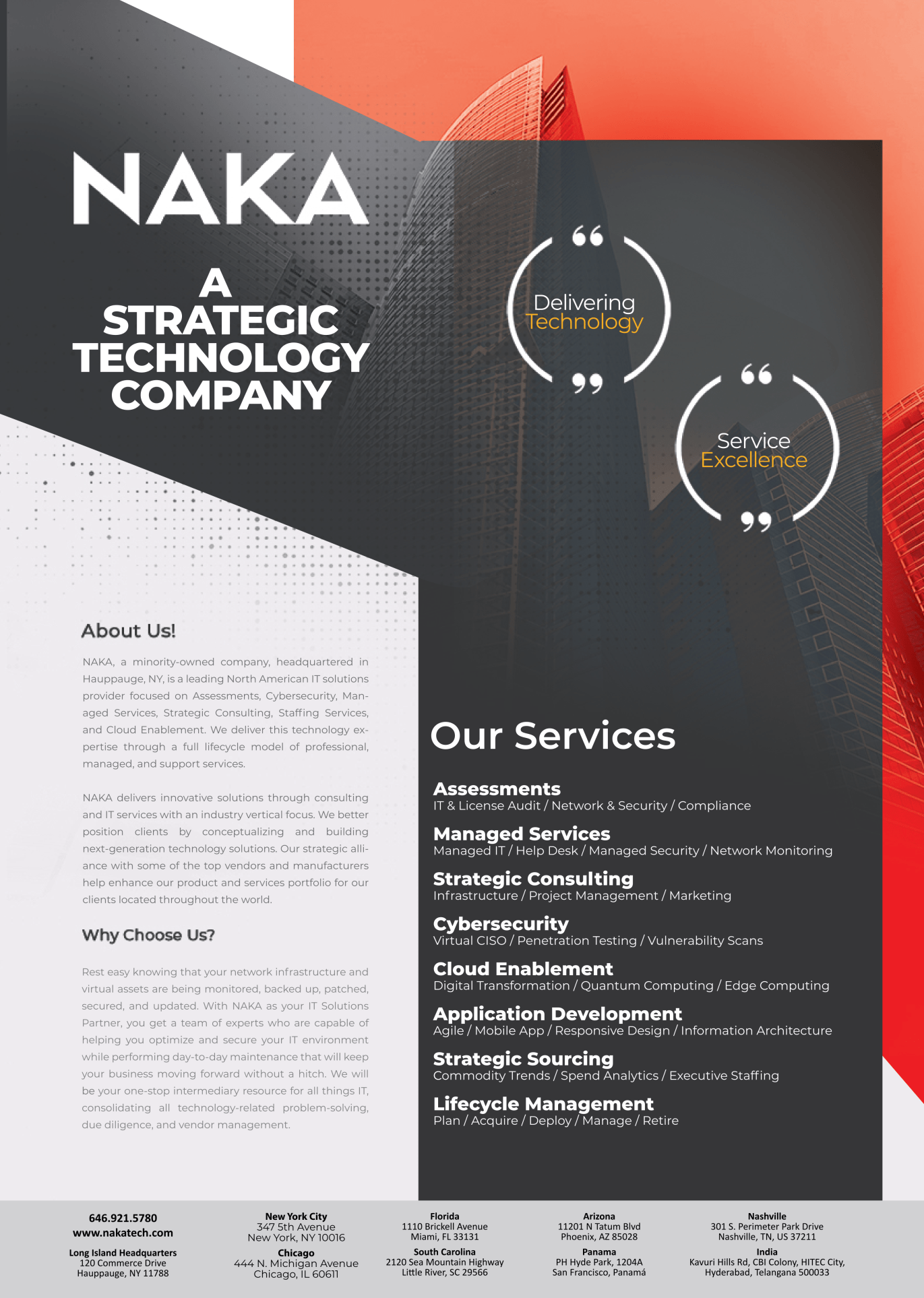Evolution of Physical Security: Locks to Advanced Integrated Systems

Evolution of Physical Security: Locks to Advanced Integrated Systems
In an age where technological innovation is reshaping every facet of our lives, the realm of physical security solutions stands as a vivid illustration of this transformative wave. As businesses and institutions ardently strive to cultivate safer environments, the evolution of physical security has achieved remarkable milestones. From traditional locks to cutting-edge integrated systems, this metamorphosis has fundamentally revolutionized the art of safeguarding our assets, individuals, and confidential information.
Understanding the Journey
1. The Lock and Key Era
Once upon a time, physical security was synonymous with locks and keys. These humble mechanisms were the guardians of homes, businesses, and valuables. Locks provided a tangible sense of security, creating a barrier against unauthorized entry. However, as society progressed and technology advanced, it became evident that relying solely on mechanical locks had limitations. While these traditional measures served as effective deterrents against unauthorized access, they were not immune to vulnerabilities. Locks could be picked, keys could be duplicated, and breaches could still occur, prompting a quest for more sophisticated security solutions.
2. Surveillance Systems
The advent of closed-circuit television (CCTV) systems marked a pivotal evolution of physical security. Video surveillance allowed businesses and institutions to monitor activities in real time and record critical events. Closed-circuit cameras provided a bird’s-eye view of spaces, acting as an electronic watchdog. The mere presence of surveillance cameras served as a deterrent, discouraging potential wrongdoers. However, standalone CCTV systems were reactive rather than proactive. They lacked the ability to provide comprehensive protection, often capturing incidents after they occurred rather than preventing them. As security needs grew more complex, it was evident that a more integrated approach was necessary.
3. Access Control Systems
As businesses expanded and security needs became more intricate, access control systems emerged as a fundamental innovation. These systems combined keycards, biometric identification, and other advanced methods to regulate access to restricted areas. Access control offered improved control over who could enter specific locations, enhancing security while streamlining authorized personnel’s movements. This technology not only reduced the risk of breaches but also simplified the management of permissions and access rights. Access control systems introduced the concept of multi-layered security, where different levels of access were granted based on roles and responsibilities.
4. Integrated Solutions
The evolution of physical security reached a significant milestone with the integration of various technologies into comprehensive security systems. This shift from isolated solutions to unified platforms enabled real-time monitoring, analysis, and response. Modern integrated systems incorporate access control, video surveillance, intrusion detection, and alarm management, creating a seamless security ecosystem. This interconnected approach not only maximizes security coverage but also minimizes gaps that could be exploited by malicious actors. For instance, when an access control system detects an unauthorized entry attempt, it can trigger alarms, lock down affected areas, and notify security personnel simultaneously. The convergence of technologies empowers security teams to respond swiftly and strategically to evolving threats.
5. Smart Security
The Internet of Things (IoT) has fueled the development of smart security solutions, introducing a new level of interconnectivity and intelligence. These systems leverage interconnected devices and sensors to provide real-time insights into security events. From motion sensors that trigger alarms to smart locks that can be controlled remotely, businesses can now manage security from the palm of their hands. Smart security empowers organizations with proactive capabilities, enabling them to respond swiftly to emerging threats. The data generated by these devices contributes to a deeper understanding of security patterns, allowing for better-informed decisions.
Benefits of Integrated Systems
1. Enhanced Situational Awareness
Integrated security solutions offer real-time visibility into various security elements. By consolidating data from multiple sources, businesses can identify patterns, anomalies, and potential threats more effectively. This heightened situational awareness enables informed decision-making and a faster response to evolving security scenarios. For example, if an access control system detects multiple failed entry attempts during non-business hours, it can trigger immediate alerts, enabling security personnel to investigate and respond promptly.
2. Swift Incident Response
Advanced systems enable automated responses to security incidents. For instance, a breach detected by an access control system can trigger an alarm, lock doors, and notify security personnel simultaneously. This rapid response minimizes the risk of unauthorized access, containing threats before they escalate. Integrated systems also facilitate remote access and control, allowing security teams to respond to incidents even when they are not physically on-site. This level of responsiveness is essential for preventing security breaches and protecting assets.
3. Data-Driven Insights
Integrated security systems generate valuable data that can be analyzed to improve security strategies. By understanding trends and vulnerabilities, businesses can make informed decisions to optimize security measures. Data-driven insights help organizations fine-tune their security protocols, adapting to changing threats and improving overall preparedness. For example, analysis of access patterns can reveal unusual behaviors that might indicate potential security breaches. By leveraging this data, organizations can proactively address vulnerabilities and strengthen their security posture.
4. Cost-Efficiency
While investing in integrated systems may require upfront costs, the long-term benefits outweigh the expenses. These solutions centralize management, reduce manual intervention, and provide comprehensive security coverage, ultimately leading to cost savings. A single integrated system can replace multiple standalone solutions, streamlining operations and reducing maintenance efforts. Additionally, the automated nature of integrated systems reduces the need for round-the-clock manual monitoring, optimizing resource allocation and minimizing labor costs.
5. Future-Proofing Security
As technology continues to evolve, integrated security systems can adapt and scale to meet new challenges. This future-proofing ensures that businesses can stay ahead of emerging threats without overhauling their entire security infrastructure. Upgrades and enhancements can be implemented seamlessly, allowing organizations to maintain the highest level of security without constant system overhauls. The flexibility of integrated systems enables businesses to integrate new technologies and features as they become available, ensuring that security measures remain up-to-date and effective.
Conclusion
The evolution of physical security from locks to advanced integrated systems is a testament to the power of technology in safeguarding our environments. For businesses and institutions, embracing these advancements isn’t just a matter of staying up-to-date; it’s about providing a secure environment that instills confidence in employees, customers, and stakeholders. As you embark on the journey of integrating physical security solutions, remember that the landscape is constantly evolving, and the right partner can help you navigate this transformation for a safer and more secure future. By leveraging the strengths of integrated systems, businesses and institutions can create a robust security framework that adapts to the challenges of today and tomorrow. As technology continues to advance, so does our ability to protect what matters most.



